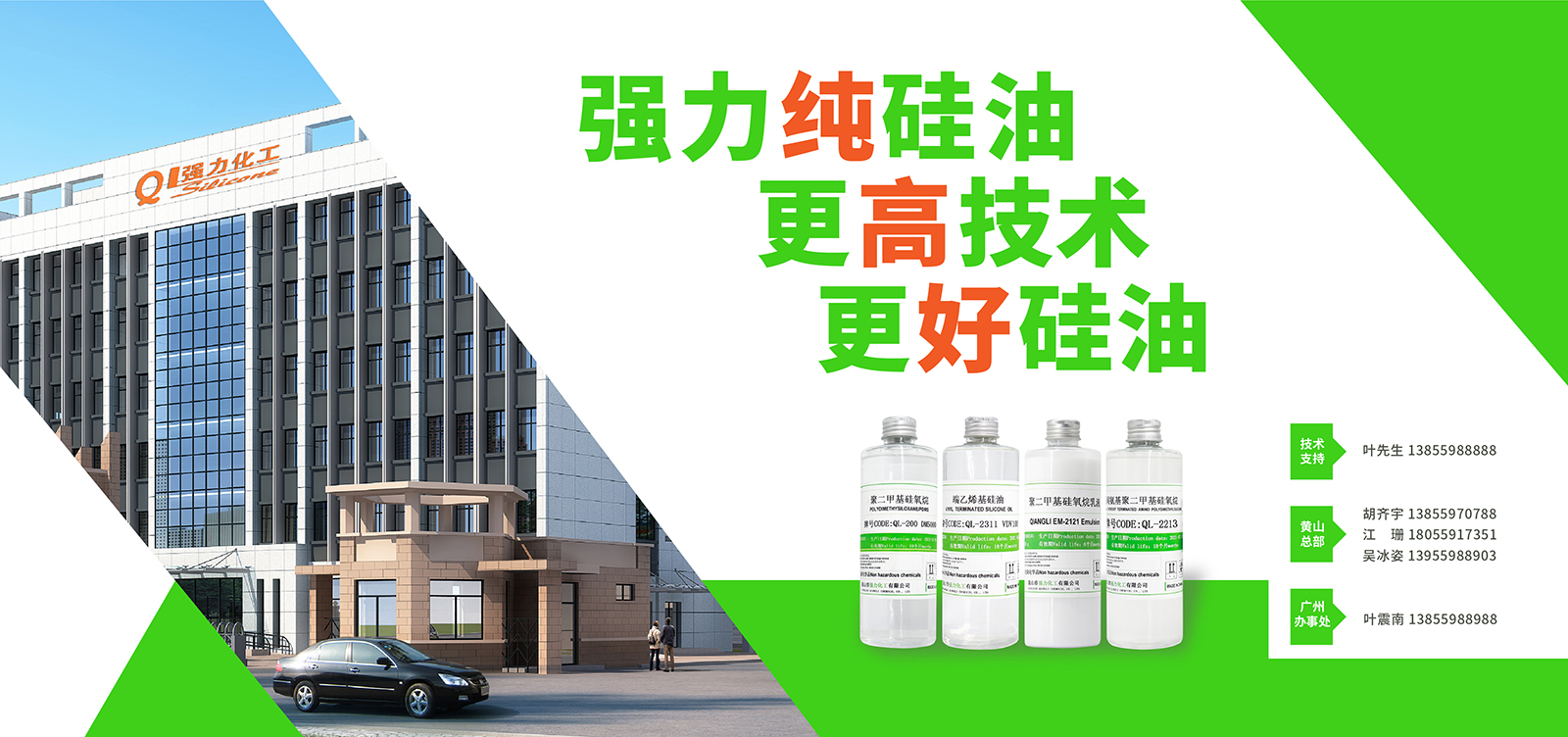1. Basic characteristics of amino silicone oil
Chemical structure: Amino silicone oil molecules contain amino groups (-NH₂ or -NHR) and polydimethylsiloxane segments, and have both the low surface energy of silicone and the reactivity of amino groups.
Main functions:
Leveling and lubrication: reduce the surface tension of the system and improve the leveling of the coating;
Softness imparting: amino groups can cross-link with epoxy resin to improve the flexibility of the cured product;
Surface migration: low molecular weight amino silicone oil easily migrates to the surface of the coating, affecting the gloss.
2. Mechanism of influence on the gloss of epoxy resin AB glue
Possible matting effect
Phase separation effect:
If the compatibility of amino silicone oil and epoxy resin is limited, microphase separation may occur during the curing process, forming nano-scale particles or concave-convex structures, scattering light and thus reducing the gloss (similar to the physical matting mechanism of traditional matting agents). Surface energy reduction:
After amino silicone oil migrates to the surface, it reduces the surface energy of the coating, which may reduce the surface flatness (especially at high addition levels), resulting in diffuse reflection of light.
Interference of cross-linked network:
Amino groups react with epoxy groups, which may destroy the tightness of the cross-linked network, forming a looser structure, and indirectly affecting the surface smoothness.
Possible gloss enhancement
Leveling enhancement:
At low addition levels, amino silicone oil as a leveling agent can reduce coating surface defects (such as shrinkage holes and orange peel), improve flatness, and increase gloss.
Interface compatibility:
If the compatibility with the system is good, amino silicone oil is evenly dispersed, which may make the surface smoother by reducing internal stress.
3. Key influencing factors
Addition amount:
Low amount (≤1%): mainly leveling and toughening, gloss may decrease slightly or remain unchanged;
Medium to high amount (>1-3%): may cause obvious extinction due to phase separation or surface enrichment, but be wary of problems such as turbidity and decreased adhesion caused by deterioration of compatibility.
Molecular weight and amino content:
Silicone oils with low molecular weight and high amino content are easier to migrate to the surface and have greater matting potential;
Silicone oils with high molecular weight may have a weaker matting effect due to better compatibility.
Curing conditions:
High temperature and fast curing may inhibit the migration of silicone oil and weaken the matting effect; low temperature and slow curing may promote phase separation and enhance matting.
System formula:
If the AB glue contains fillers (such as silica, calcium carbonate), amino silicone oil may interact with the fillers and synergistically affect the surface roughness.
4. Comparison with traditional matting agents
Matting efficiency:
The matting effect of amino silicone oil is usually weaker than that of professional matting agents (such as fumed silica, wax powder, polymer microspheres), which achieve efficient matting through a clear physical roughening mechanism.
Functional balance:
Amino silicone oil can give the coating softness and smooth feel while matting, which is suitable for scenes with requirements for touch (such as flexible electronic adhesives), but the gloss control accuracy is low.
5. Experimental suggestions
If you need to verify the matting effect of amino silicone oil, you can follow the following steps:
Gradient addition test:
Add 0.5%, 1%, 2%, and 3% of amino silicone oil to epoxy resin AB glue respectively, and measure the 60° gloss after curing (standard GB/T 9754).
Surface morphology observation:
Observe the surface roughness of the coating by SEM (scanning electron microscope) to confirm whether there is a microphase separation structure.
Performance compatibility evaluation:
Test adhesion (cross-cut method), hardness (Shore durometer), chemical resistance, etc. to avoid the matting effect at the expense of basic performance.
Conclusion
Amino silicone oil may have a certain matting effect on epoxy resin AB glue, especially in systems with medium and high addition amounts, low molecular weight or limited compatibility. Its matting mechanism mainly relies on phase separation or surface migration. However, compared with traditional matting agents, its effect is weaker and more difficult to control. It is more suitable as an auxiliary additive with both matting and functional modification (such as toughening and smoothness). In practical applications, the formula needs to be optimized through experiments and the balance between gloss and other properties needs to be weighed.




